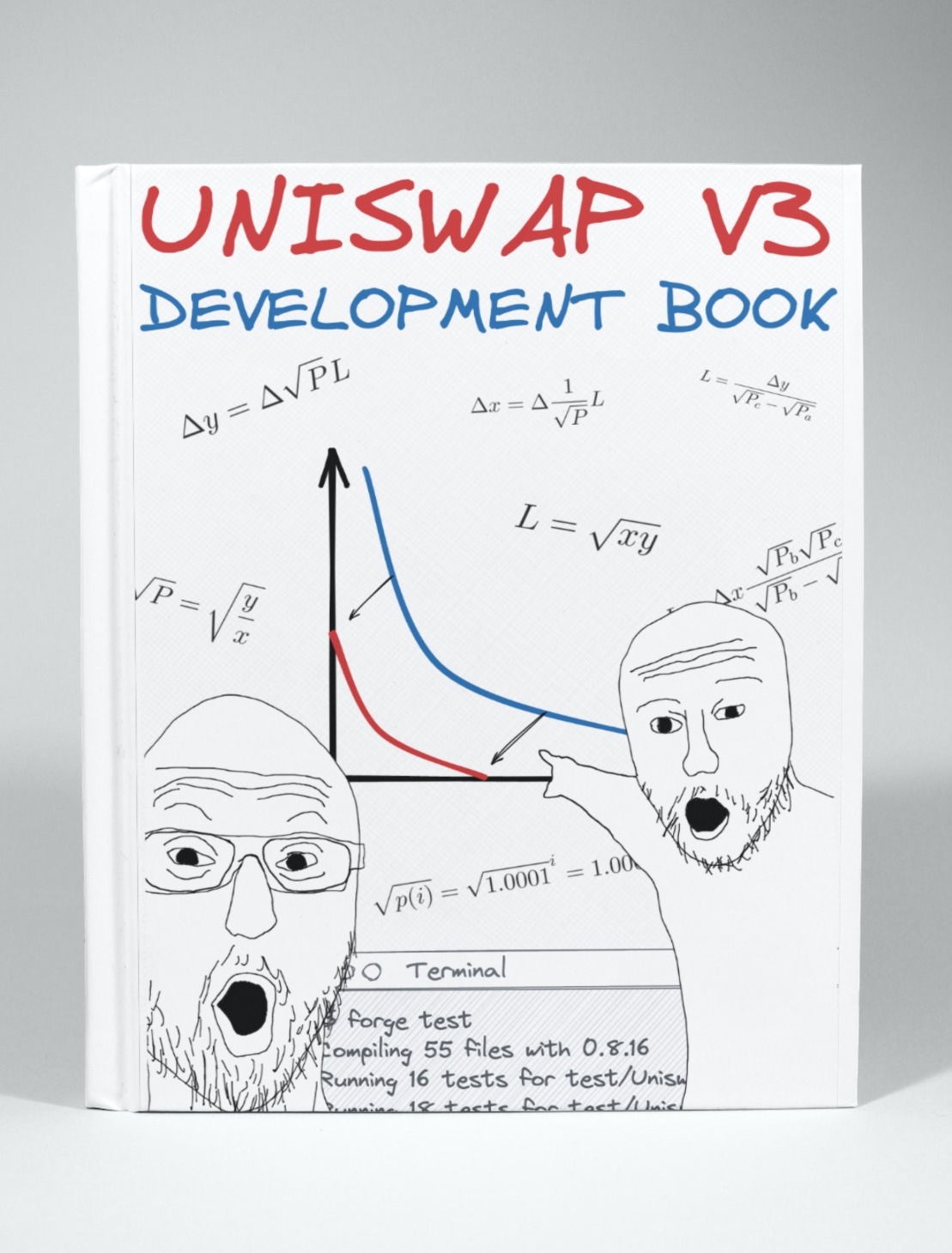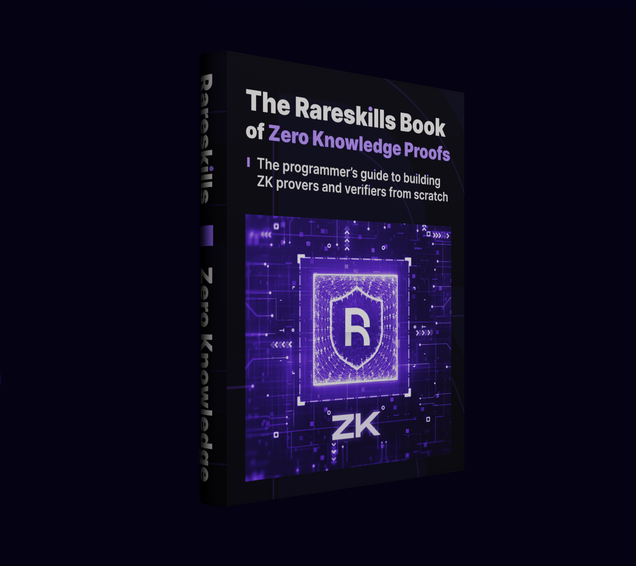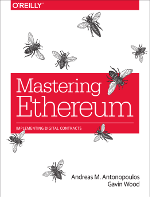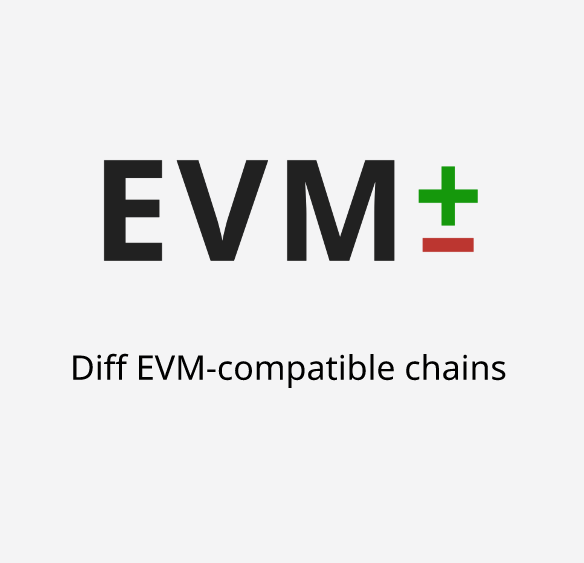Block: 122
Timestamp: 12:13:37

AuditProfile
Security blog
The Prague/Electra (Pectra) Hardfork Explained
The history of Ethereum 2.0 "proof-of-stake" hardforks is complex. It began with the addition of the beacon layer to the existing execution layer, launching the proof-of-stake consensus on the beacon layer while still maintaining proof-of-work on the execution layer (the Phase0 and Altair hardforks). PoS was then fully activated at the Bellatrix hardfork (though withdrawals were not enabled). Subsequently, the Capella hardfork allowed withdrawals, completing the validator lifecycle. The most recent hardfork, Deneb (part of the Dencun(Deneb/Cancun) upgrade), brought minor revisions to beacon chain parameters, such as the time window for including attestations, handling voluntary exits, and the validator churn limit. The primary changes in Dencun were on the execution layer, introducing innovations like blob transactions, blob gas, KZG commitments for blobs, and deprecating the SELFDESTRUCT operation.
Now, the Prague/Electra hardfork introduces significant upgrades to both the execution and consensus layers. As auditors for the Lido project, our focus is mostly on the consensus and staking-related changes in this hardfork. However, we can't ignore the execution layer changes in Prague, as they include critical features that impact Ethereum’s network and validators. Let’s dive into the details of these changes.
Read the full article here:
Link: https://mixbytes.io/blog/the-prague-electra-pectra-hardfork-explained#ethereum
#blockchain
#hardfork
Study for free

Cyfrin Updraft
Completely free courses

RareSkills Tutorials
Learn more about the blockchain world

Smart Contract Programmer
Free education videos
Awesome Books

Uniswap V2 Book
by RareSkills

Uniswap V3 Book
by Jeiwan

Compound Book
by RareSkills

ZK Book
by RareSkills

Ethereum Book
by Andreas M. Antonopoulos, Gavin Wood

Beigepaper
by Micah Dameron
Useful tools

EVM diff
Compare execution layer differences between chains

EVM storage
Dive deep into the storage of any contract

